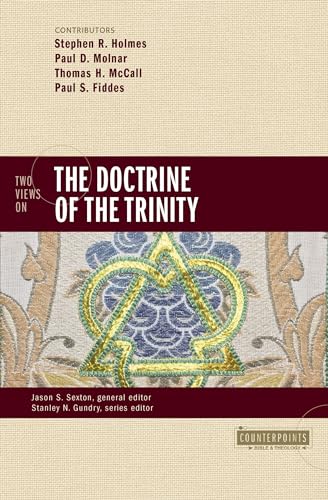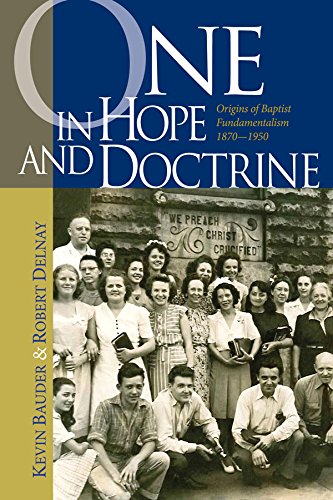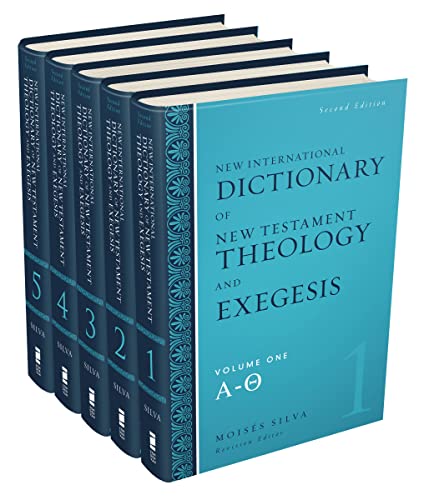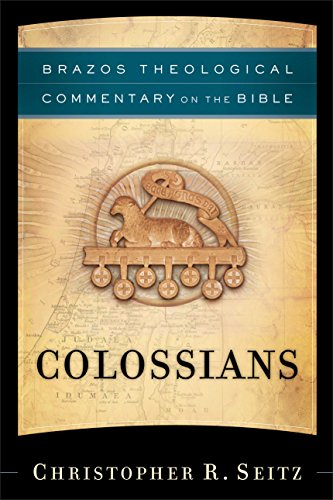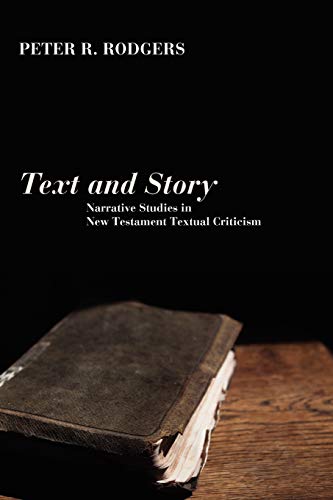Dignity and Destiny: Humanity in the Image of God
Written by John F. Kilner Reviewed By Joshua R. FarrisDignity and Destiny is a masterful treatment of the imago Dei doctrine. John Kilner, in this magnum opus, advances the discussion through careful historical and biblical research on one of the most significant and complicated areas in the history of theology. While not a particularly constructive work, the reader will benefit from Kilner’s comprehensive treatment of the subject. In the following, I lay out a brief synopsis by attending to the highlights of Kilner’s work and toward the end I advance one minor criticism.
Kilner is interested in dispelling certain notions, albeit prominent in the history of interpretation, concerning the meaning of the “image” and how these notions have impacted church, society, and theological reasoning, in sometimes tragic ways. Kilner carefully and methodically defends his notion of dignity and destiny. He argues that the image is properly identified with Christ, and that humans are properly speaking created “in” or “according to” the image, which is Christ. As he interprets the relevant biblical texts, he defends the idea that humans bear dignity in virtue of their “connection” to God and their destiny is one of “reflection” when they come to be properly related/united to Christ (xi-xii). He defends a similar view found in an earlier treatment on the image of God entitled True Image: Christ as the Origin and Destiny of Man in Christ. As such, he is critical of traditional models of the image namely the structural, relational, or functional model. He addresses these views in one of the most important chapters. To this we turn.
He sets the stage by engaging the history of interpretation in chapter 1. While the image concept has commonly been used as a term for good (liberation, fighting racism, defending the sanctity of human life, etc.), this common line of reasoning used has a dark side. What many theologians and social activists have used for good has also been used for control and manipulation. Kilner argues that the logic implicit is often the same, which he defines as a search for a unique trait, capacity, function, or virtue. This line of reasoning is doomed for failure, or so it is argued. The reason for this is clear. Kilner states, “To the degree that one’s attributes fall short of the way that God intends human attributes to be, God’s image is supposedly damaged or deficient. The cause of that damage most commonly is sin, directly or indirectly. As with other things in life, a more-damaged image is not worth as much as a less-damaged image” (p. 28). Such logic is doomed for failure because this logic has been and is used in male bigotry, racism, and discrimination against disabled humans. Defenders of a traditionally structural view might push back by saying that there is a fact of the matter to being human despite the fact that some individuals bear common human attributes to a greater or lesser extent. Minimally, however, defenders of traditional views should agree with Kilner that such a position is susceptible to difficulties, deserving careful attention to our use of language. Toward the end of the chapter, Kilner advances several reasons, which seem to motivate disagreement and confusion regarding the image concept.
Chapter 2 is a careful, albeit brief, defense of the Christological view of the image. He highlights a fairly non-controversial contemporary stance that image and likeness, in the biblical portrait, are largely synonymous—despite typical separation of these terms in ancient Christianity. He links image with likeness (i.e., the image-likeness concept) by arguing that Christ is related as the standard and destiny of humans. Additionally, he helpfully re-states recent biblical discussions on the relationship between image and “glory”.
Kilner insightfully and explicitly promotes a solution to historical travesties through biblical clarity. In chapters 3 and 4, Kilner defends the fact that, according to the biblical development, the image is never damaged. Modestly put, we have no reason for reading the Bible as yielding a damaged image; rather it is humans who are damaged. Humans fail to live up to their intended destiny. Kilner systematically carves out several positions on the image in relation to sin, which helpfully facilitate his criticism of the damaged image view. He lists four views (“completely lost”, “virtually lost”, “partly lost”, and “appearance compromised”). I wish to make one point about his discussion, but for other interesting details I refer the reader to the chapter itself. Kilner states that Augustine affirms the “completely lost” position wherein he interprets Augustine to affirm the idea that humans lose the image after the Fall and prior to redemption (p. 160). Unfortunately, it seems to me that either his interpretation of Augustine is mistaken, insufficiently nuanced, or Augustine is inconsistent himself. Augustine, characteristic of the Latin tradition, affirms that humans are images not simply made in the “image.” Augustine affirms that the “image” is indestructible. For Augustine, humans are always images bearing some resemblance (i.e., likeness) to God (see Augustine on Psalm 32, Exposition 3:16; cf. David Meconi, The One Christ: St. Augustine’s Theology of Deification [Washington D.C.: Catholic University Press of America, 2013], 63, 64, 73).
I offer one criticism of Dignity and Destiny. Kilner’s chapters seem unduly long and wordy, which is especially true of the last two chapters. In chapter 7 and the conclusion, Kilner’s treatment is unnecessarily repetitious. Kilner lays out recurring themes from his study in chapter 7. Whilst a synopsis could be helpful at this point in the book, most of the chapter felt repetitious. On p. 282, for example, he reiterates the fact that the “image” is not damaged, as found in chapter 4. From pp. 286–310, Kilner rehearses his discussion on the image as “connection and reflection.” I do not intend to communicate that there is nothing to gain in addition to what he has discussed in the previous chapters, but, minimally, this chapter could have been significantly shorter. The same is also true of his conclusion where he develops a way forward. For example, on p. 328, he spends half the page restating, almost verbatim, what he stated in an earlier chapter about historically common image language. While the conclusion is 19 pages long, it seems that he could have stated everything in 4 pages or less.
Much more of a positive nature could be said about Kilner’s useful resource, like his careful exposition of Rom 8, 2 Cor 3, and Col 3. The reader will benefit from its encyclopedic nature. As a contemporary, historical and biblical analysis, Dignity and Destiny is the definitive treatment on the subject.
Joshua R. Farris
Joshua R. Farris
Houston Baptist University
Houston, Texas, USA
Other Articles in this Issue
The account of Abraham's near-sacrifice of Isaac has been and will likely continue to be violently applied so long as the dominant misunderstanding of the text prevails...
In recent years, a growing cadre of younger historians has begun publishing significant books on the history of American evangelicalism...
Romans 4 remains a central text in the debate over the New Perspective on Paul...
Within the intra-Reformed debate over baptism, covenant theology is a crucial aspect in determining one's position...
‘Fathers of Faith, My Fathers Now!’: On Abraham, Covenant, and the Theology of Paedobaptism
by David GibsonThe figure of Abraham creates a covenantal framework for biblical theology that allows baptism to be considered in relation to the Bible's developing story line...



